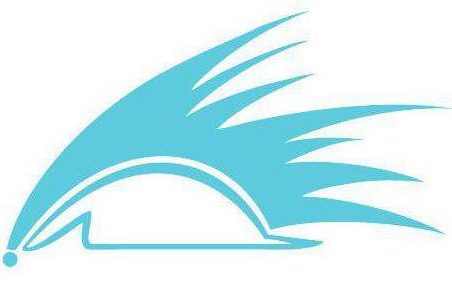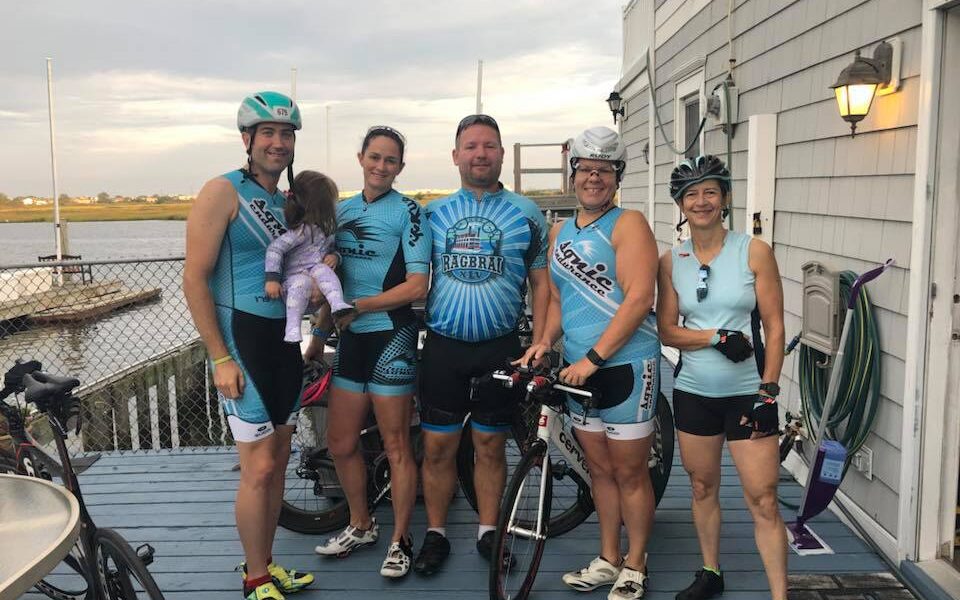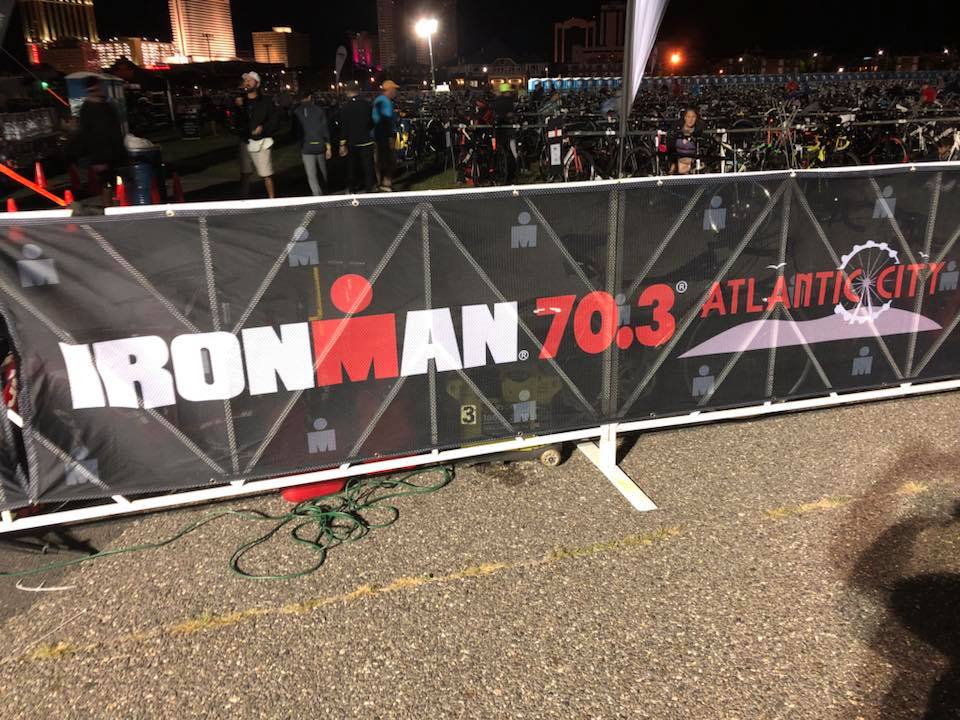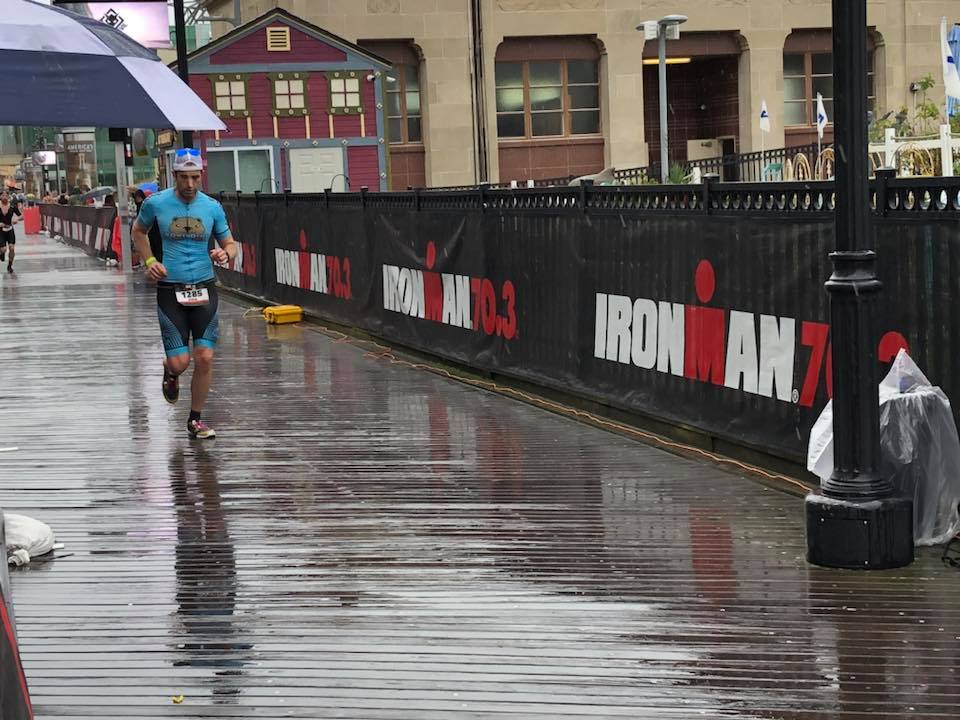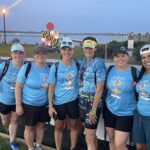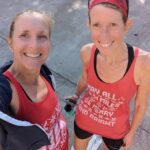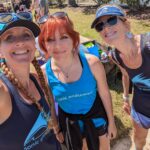Bustling boardwalks, blustery winds, and bumpy roads are the name of the game at Atlantic City 70.3. This course is often circulated as being flat and fast, but there are a variety of factors that could lead to a race day that is longer than you might have expected. That includes some of the pre-race logistics. Let’s take a look at things:
Pre-Race and Parking on Race Morning
Like all IRONMAN 70.3 races, you must check-in on either Friday or Saturday at the race venue, which is Bader Field. Note that you will either need to purchase a parking pass or receive one in advance with registration in order to park at Bader. This will take longer than you might expect! Also expect that if it is a warm day, it will be very hot at Bader Field. There is zero shade at this former airport.
Our recommendation would be to check-in on Saturday, and also complete your bike drop-off at the same time. This will limit the number of times that you need to go to Bader Field and walk around — save that time on your feet for race day. Unless, of course, you are in the M35-39 age group, at which point please walk around and stay in the sun during peak heat.
On race morning, plan on anywhere from a 15 to 30 minute line at minimum to be able to park at Bader Field. It is not a day to run late! Alternatively, there are some side paid parking lots if you want to avoid the heartburn of sitting in a slow moving line on race morning. Also plan ahead — there are lots of port-o-johns but every athlete and spectator will be fighting to use them. Bring a roll of toilet paper with you.
The Swim
The swim course in Atlantic City changes slightly every year due to tide and current. The swim is in the brackish tidal basin between Bader Field and the rest of downtown Atlantic City. Visibility in the water is extremely poor due to the sediment and salt in the water. Be prepared for more inadvertent contract with fellow athletes than normal.
The swim start is a rolling time trial, with waves of anywhere from 5 to 20 athletes (depending on who is running the start chute that year) every 5 seconds or so entering the water. If you seed yourself appropriately, along with 2,000+ of your newest triathlon friends, you will get a free draft the entire way along the swim. Seed yourself faster than you are capable of swimming and you are likely going to be swum over; seed yourself slower than you are capable of and you will be fighting for real estate in the water.
Based on this year’s tidal chart, the tide should be incoming on race day. This means that you will be fighting the current on the way out to the far turn buoys, and with the current on the return trip. Be prepared for a harder first half of the swim — which means you should be practicing swim sets with hard first halves and tempo efforts in the second half of them. (Now would be a good time to talk to your coach about that.) This race has always been wetsuit legal, but it is often closer to the “wetsuit optional” cut off than most athletes are comfortable with. But, as we talked about before — unless you’re going for a World Championships slot or you will overheat, wear the wetsuit!
The swim exit is the same boat ramp you went in on, with a short run through portable showers to get some of the salt and sediment off before entering transition. Now is as good a time as any to mention that transition is, in fact, part of the race. For the average athlete, your total T1 should take no longer than five minutes. That means: get your wetsuit off, jog or run to your bike, and practice putting your helmet, sunglasses, and bike shoes on while wet!
The Bike
Atlantic City 70.3 features arguably the most unique bike course in all of triathlon. It is a 2.5 loop bike course and requires the athlete to be being attention to where you are on course. It is very easy to mess this up and either ride too few or too many miles. Weather can be just about anything — it’s been baking hot, it’s been rainy, it’s been windy, it’s been calm. If it’s wet — run 5-8 PSI lower on your tire pressure than you might otherwise have done.
Exiting Bader Field, you wind your way on a local connecting road to the Atlantic City Expressway. Yes, you read that correctly. There are traffic cones or construction barrels separating you from the traffic in the other travel lanes. One thing to be mindful of is the rumble strip — it often wanders through the bike lane that you are in a bit. If you are going to choose to go over it, treat it like railroad track: attempt to minimize the amount of time you are going over it, and go at an angle. And please, whatever you do, don’t try to do so when there’s a guardrail nearby.
After a few miles you will exit the Expressway onto local roads. This section is often referred to as “the paperclip” as you exit the ACE, travel around, do a long straight section, then essentially make two lefts to travel back in the opposite direction on a parallel road before rejoining the Expressway. The lane in some of these spots is narrow, and the road quality is less than ideal, especially on the side immediately off the Expressway. This is not a course where you can mindlessly put your head down. As Obi-Wan Kenobi reminds us: be mindful of your surroundings.
Once on the straightaway section pavement improves significantly, although the lane is still somewhat narrow. This section gets very crowded on the second and third trips around them. During my last bike ride here I stayed on the double yellow almost the entire time passing hundreds of athletes. If you are a stronger rider, you will be riding through a similar situation. If you are not as strong, just be diligent staying towards the right hand side of the lane as there will be large speed differentials between athletes.
Coming off this section you rejoin the Expressway on the opposite side of the road. You will see a sign that denotes the turn off to go to transition. You will go past this sign on Lap 1 and 2 to continue onto the Expressway into town. This is the most technical section of the entire course — you have some twists and turns to exit the ACE, make a turnaround, and go up an on-ramp to loop back onto the ACE to begin your next lap. It’s not hard, but again, you have to be paying attention.
On your third lap (you’ll have done the outbound ACE section, the paperclip, and are now coming back), you’ll exit the ACE to head back to Bader Field on the same roads you came through. You will make a left turn into Bader Field and complete the nearly mile long trip back over to transition. Same deal as T1 — this is a race still! Re-rack your bike, get your helmet off, switch into running shoes. Today’s tip: you can always put your race number belt on as you’re running…
The Run
This run is nearly pancake flat. You will first do an out-and-back on Bader Field before running over a bridge (the first and only steep hill on the entire course) to head towards the Boardwalk. Once at the Boardwalk you’ll turn right and head out towards Ventnor City until turning around at ~mile 4.5. There are aid stations approximately every mile or so. Note that there is a long stretch between aid stations from turning around at mile 4.5 until the next one at just after the 10K mark — so load up there.
Part of that extra length is because on the return leg you will actually run out-and-back on the Ventnor City Fishing Pier. This is the next “hill” of the course, as it slopes upward to the turnaround point. Once rejoining the Boardwalk, you’ll have the next aid station before continuing north. In a cruel twist, at about mile 8 you will bypass the finish line in order to continue on the other out-and-back section of the run course. And you will do so by running down some stairs, in some beach sand, up the next slight hill of the course, and rejoining the Boardwalk.
Once past the finish line, you run on the Boardwalk for a moment before taking a right to run on the bottom level of Playground Pier. This is literally the only section of the course that has shade. Enjoy it while it lasts. Once you rejoin the Boardwalk, you are headed out another 2.5 miles to the final turnaround. To finish the run you are following the exact same route — including that trip around Playground Pier with just over half a mile left to run. Once you make the left off the Pier, the finish carpet is in sight!
Post-Race Logistics
Once you’ve finished the race, you’ll have all the food and beverage your heart might desire. Be forewarned that, again, there is absolutely no shade. If you are in need of medical, you can find that just to the right of Boardwalk Hall. Shuttle services are offered from the front of Boardwalk Hall to return to Bader Field to pick up your items from there; otherwise, it’s a little more than two mile walk to head back to Bader to pick up your stuff.
